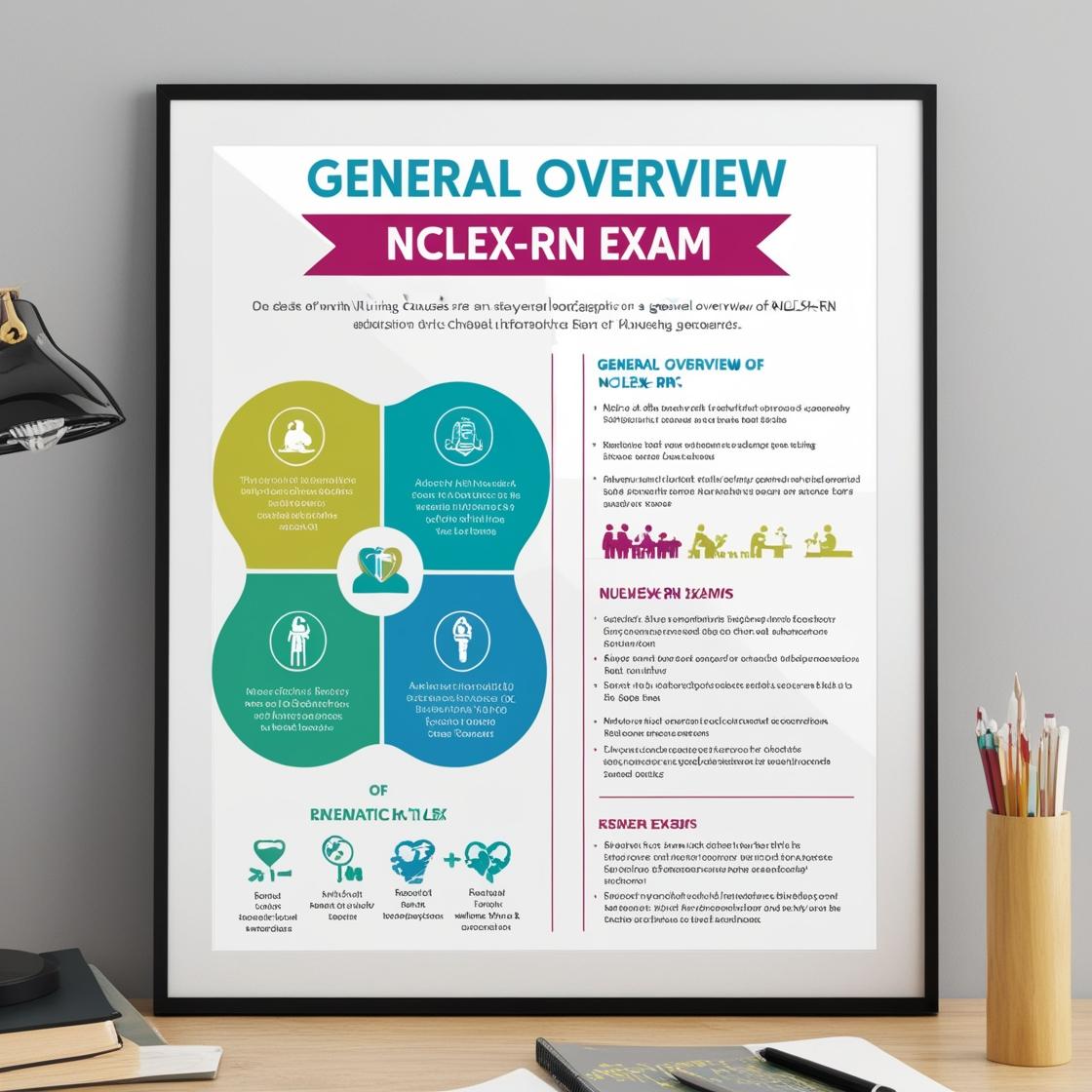NCLEX-RN
Health Promotion and Maintenance NCLEX RN Questions
1. A client is receiving education on cholesterol. Which of the following statements from the client indicates the need for further teaching?
- A. I would like my HDL levels to be over 50.
- B. It is better for me to have high HDL levels and low LDL levels.
- C. It is better for me to have high LDL levels and low HDL levels.
- D. My goal is to get my total cholesterol below 200.
Correct answer: C
Rationale: The correct answer is, 'It is better for me to have high LDL levels and low HDL levels.' This statement indicates a need for further teaching because high LDL levels contribute to atherosclerosis, while high HDL levels can protect against heart disease. The client should understand the importance of lowering LDL levels and increasing HDL levels to maintain good heart health. Choice A is correct as desiring HDL levels over 50 is a positive goal. Choice B is correct as it reflects the ideal scenario of high HDL and low LDL levels. Choice D is correct as a total cholesterol below 200 is a common goal for heart health. Therefore, Choice C is incorrect as it suggests an opposite and unhealthy relationship between LDL and HDL levels.
2. A nurse is assessing a client's pulse oximetry on the surgical unit. As part of routine interventions, the nurse turns off the exam light over the client's bed. Which of the following best describes the rationale for this intervention?
- A. External light sources may cause falsely high oximetry values
- B. A bright light in the client's face may cause a low pulse oximetry
- C. External light sources may cause falsely low oximetry values
- D. The client needs a dark and quiet room to recover and maintain proper oxygenation
Correct answer: A
Rationale: When assessing a client's pulse oximetry values, the nurse should turn off any extra environmental lights that are unnecessary, including exam lights or over-bed lights. External light sources may cause falsely high oximetry values when the extra light interferes with the sensor of the oximeter, leading to inaccurate readings. Choice B is incorrect because a bright light in the client's face would not directly affect the pulse oximetry values. Choice C is incorrect as external light sources typically cause falsely high, not low, oximetry values. Choice D is incorrect as the primary reason for turning off the light is to prevent falsely high readings, not solely for the client's comfort.
3. A healthcare professional is preparing to draw a blood specimen from an adult client's central line. All of the following actions for this procedure are correct EXCEPT:
- A. Disconnect the current infusion
- B. Clean the cap with alcohol and attach a 5 cc syringe
- C. Draw 5 cc of a blood sample to discard
- D. Flush with saline after the sample
Correct answer: B
Rationale: When drawing a blood specimen from a central line, the healthcare professional should disconnect any infusions that are currently running and that could contaminate the specimen. It is important to use a minimum size of a 10 cc syringe when using a central line to avoid placing too much pressure on the catheter. Cleaning the cap with alcohol and attaching a 5 cc syringe is not appropriate as a larger syringe size should be used for this procedure. Drawing 5 cc of a blood sample to discard and flushing with saline after the sample are correct steps in the process of drawing a blood specimen from a central line.
4. Mrs. O is seen for follow-up after an episode of acute pancreatitis. Her physician orders a serum amylase level and the result is 200 U/L. Which of the following is a potential cause of this result?
- A. The client is pregnant
- B. The client has hypertension
- C. The client is in renal failure
- D. The client has pancreatitis
Correct answer: D
Rationale: An elevated serum amylase level after pancreatitis may indicate another attack of the condition. It is common to order serum amylase as part of routine follow-up after pancreatitis. Elevated levels can also be seen in related gastrointestinal conditions like cholecystitis or an intestinal blockage. Therefore, in this case, the most likely cause of the elevated serum amylase level is a recurrence or ongoing pancreatitis. The other options, including pregnancy, hypertension, and renal failure, are not typically associated with an elevated serum amylase level in the context of follow-up after acute pancreatitis.
5. A client is being monitored for decreased tissue perfusion and increased risk of skin breakdown. Which measure best improves tissue perfusion in this client?
- A. Massaging the reddened areas
- B. Performing range of motion exercises
- C. Administering antithrombotics as ordered
- D. Feeding the client a high-carbohydrate diet
Correct answer: B
Rationale: For a client at risk of impaired skin integrity due to decreased tissue perfusion, improving mobility is crucial to enhance tissue perfusion and prevent skin breakdown. Range of motion exercises are beneficial to increase circulation and prevent complications. Massaging reddened areas may further damage fragile skin. Administering antithrombotics may be necessary for specific conditions but does not directly address tissue perfusion. Feeding a high-carbohydrate diet does not directly improve tissue perfusion in this context.
Similar Questions

Access More Features
NCLEX RN Basic
$69.99/ 30 days
- 5,000 Questions with answers
- Comprehensive NCLEX coverage
- 30 days access @ $69.99
NCLEX RN Premium
$149.99/ 90 days
- 5,000 Questions with answers
- Comprehensive NCLEX coverage
- 30 days access @ $149.99
